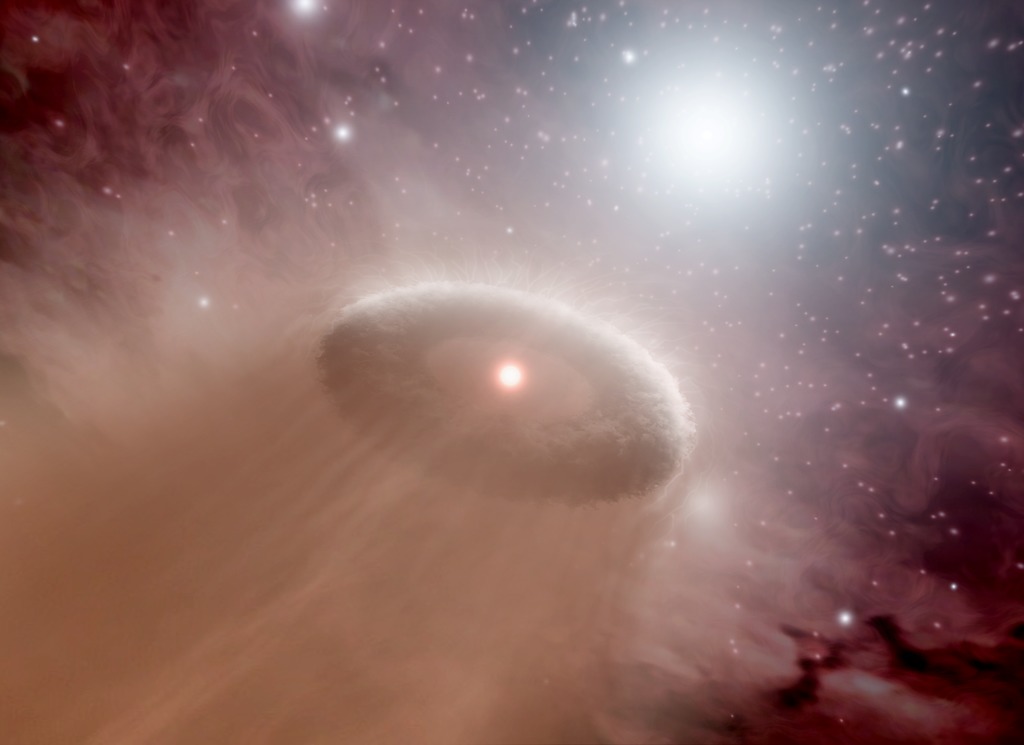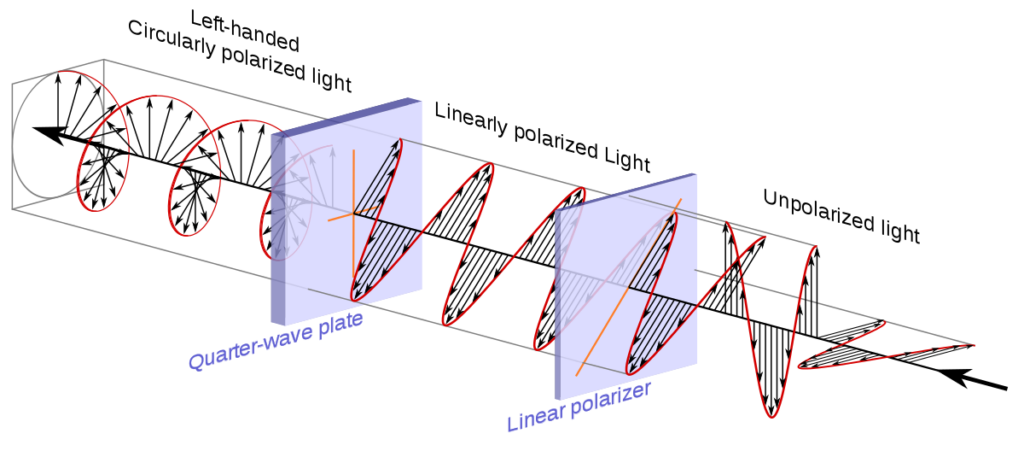Astronomers have studied young stars and brown dwarfs with protoplanetary disks hiding in the nebula. Thanks to the use of polarimetry in the near infrared region, they came to the conclusion that the gas-dust rings are mainly arranged in one plane.

How to see newborn stars in a nebula
Scientists from Boston University were able to study newborn stars hidden in a cloud in the constellation of Taurus. It is located at a distance of 450 light-years from Earth and is a typical birthplace of various space objects.
Scientists know from recent studies that ordinary stars, brown dwarfs and orphan planets are born in such gas-dust clouds. However, it is extremely difficult to observe them in these conditions, because nebulae scatter not only visible light, but also radiation in other parts of the electromagnetic spectrum.
In an article published in the Astrophysical Journal, the researchers managed not only to bypass this obstacle, but also to return the scattering effect to their advantage. The fact is that in some parts of the spectrum, the waves begin to deviate in one plane, skirting the atoms. This phenomenon is called light polarization.
Protoplanetary disks in cosmic dust
Scientists used observations in near infrared light to consider one of the most interesting details. Protoplanetary disks have already begun to form around many stars and brown dwarfs. These formations mainly consist of dust and emit only the reflected light of their star.

However, thanks to the new technique of observing polarized radiation, it was possible to understand at least how these disks are oriented. It turned out that they are aligned in the same plane perpendicular to the magnetic field lines.
Until now, scientists have not seen anything like this. It is from protoplanetary disks that planets are born and scientists have seen this process at a later stage. On it, the stars are no longer in their misty cradle. Therefore, astronomers cannot say whether the situation observed in the constellation of Taurus is typical.
According to phys.org
Follow us on Twitter to get the most interesting space news in time
https://twitter.com/ust_magazine
